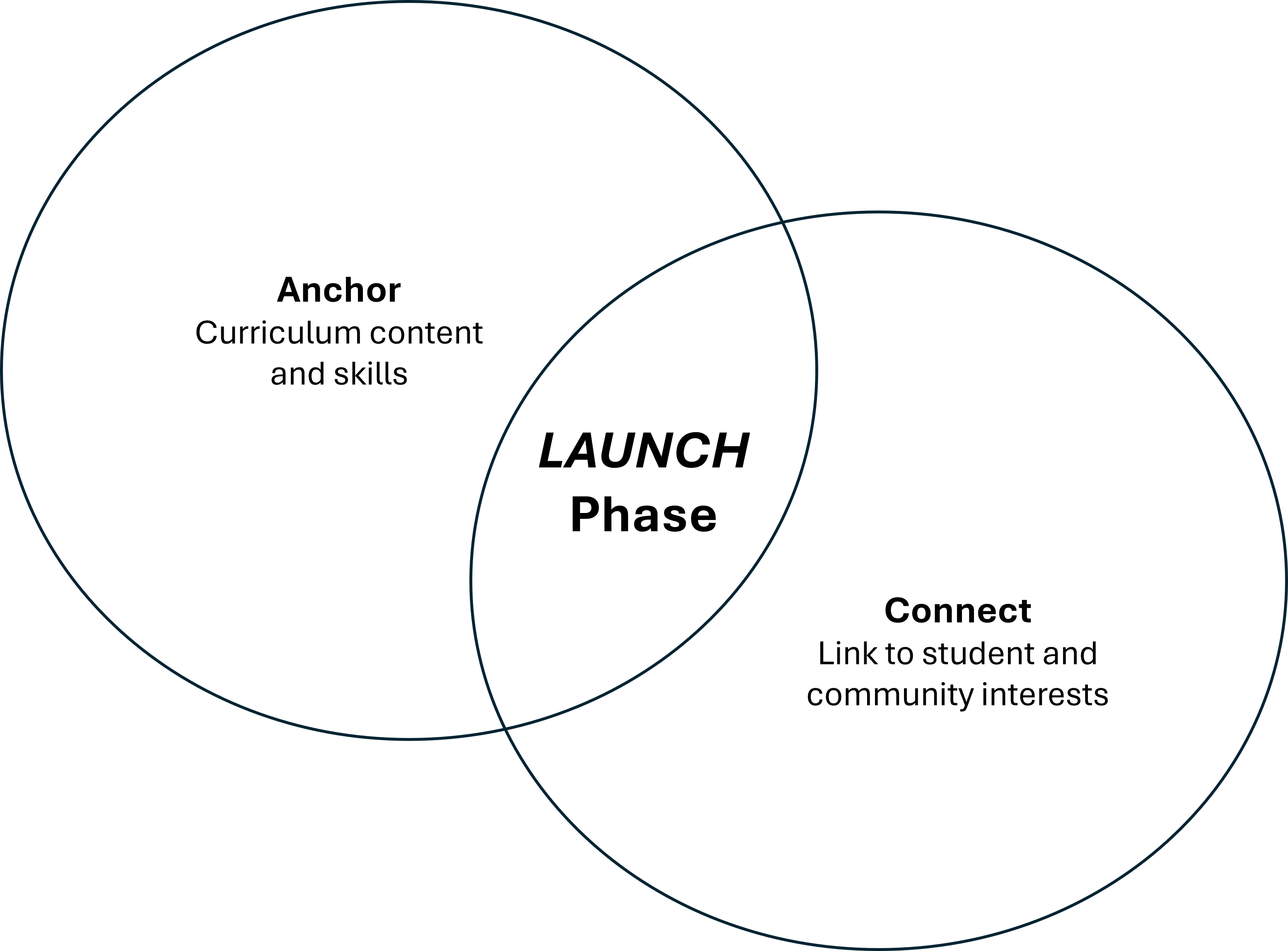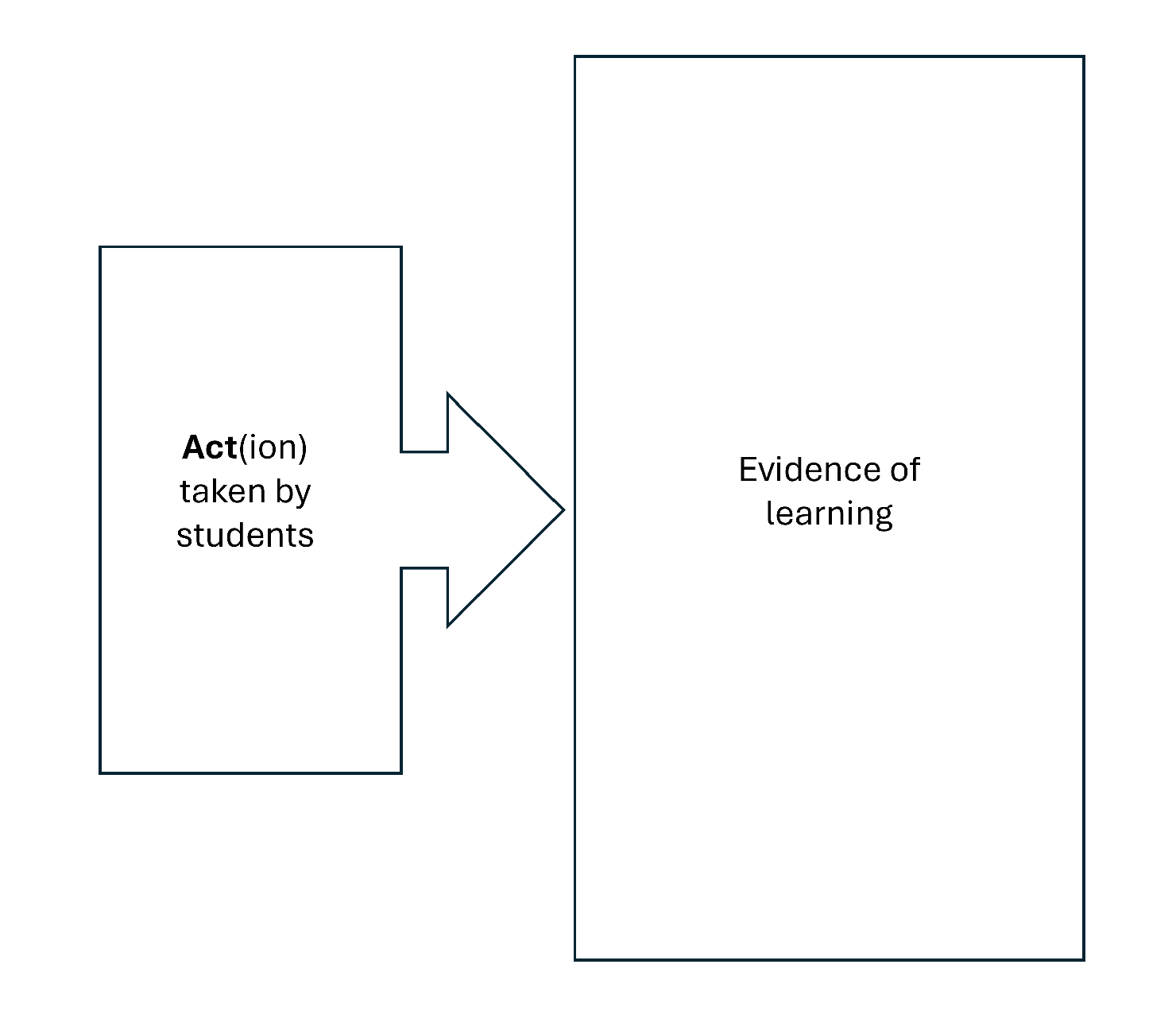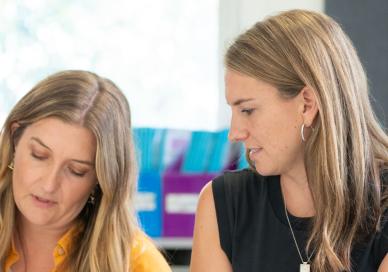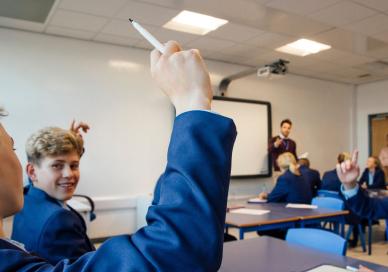The LIA Framework provides an opportunity for teachers to Teach with Intent. This means using a planning process that guides what students need to learn, links their learning to their world, and considers how students can use their learning to develop active learners, critical thinkers, and student agency.
Using the LIA Framework to develop a teaching sequence requires three stages.
1. What and why: Identifying the curriculum content and knowledge that students will learn and why it is important in their world.
2. Learning agency: Identifying the summative action and agency that students can take that will illustrate the understanding and skills that they have acquired.
3. Plan the learning: Identify the variety of experiences that will allow students to develop the content knowledge, understanding, and skills required for them to take action and to develop their agency.
Stage 1: What and why
The first stage of planning is to consider the core science concepts and key skills that need to be covered in the curriculum. These form the anchor of the teaching sequence.
Next consider the interests of the students and the local community (students, parents, teachers, community groups). Are there local or broader issues (for example sustainable energy supplies, food and water sources, local laws – electric scooters) that might be relevant? If appropriate, consider a yarning circle with local Aboriginal and Torres Strait Islander Communities to identify local learning opportunities.
Identify where the science anchors overlap with the student and community connections. This forms the basis of the Launch phase of the LIA Framework.

Stage 2: Learning agency
When using the LIA Framework, the Act phase provides an opportunity for students to develop agency for learning and to demonstrate the understanding and the skills they will acquire during the teaching sequence.
Consider the standards that are expected of students at this stage. The Act phase should provide an opportunity for students to take action in a way that encourages them to develop agency in a real-world application of the core science concepts. These action(s) should also allow students to demonstrate that they have attained the required curriculum standards identified in the curriculum.
A teaching sequence should consider a series of actions that students can take that will provide evidence of:
- What they know
- What they understand
- What they can do.
The action should relate to the interconnection between the Anchor and Connect routines identified in the first stage of planning the teaching sequence. It should also allow for differentiation of student capabilities and abilities.
The evidence that can be gathered includes both representations and observational data.
Representations could include:
- Information gathering
- Labelled drafts/pictures or versions of action that changed as a result of formative feedback
- Planning for reproducible testing
- Descriptions of procedures that were taken
- Samples of action taken
- Self-evaluation of work against criteria
Observational data includes:
- Observations of discussions or collaborations
- Collaboration in the development of action
- Reflections, explanations or communication of action
- Teacher evaluation against pre-determined criteria

Stage 3: Plan the learning
The final stage of using the LIA Framework to build a teaching sequence is identifying the content knowledge and skills that students need to move from the Launch to the Act. Consider what skills students need to complete the action and plan appropriate investigations that will facilitate students’ learning. These investigations need to consider the diversity of students in the classroom and provide opportunities for all students to learn and develop their skills.
Selecting investigations
Every student that comes to the classroom has a set of experiences that influence their thinking and how they understand the world. While some of these ideas might align with scientifically accepted thinking, many students may hold at least some alternative conceptions, intuitive theories, and misinformation or have limited exposure to science. Investigations take many forms including fair tests, pattern-seeking, observation over time, secondary research of established data sets, and classification. An effective teaching sequence should involve breaking down large concepts into small parts for investigation and ordering them so that students' understanding develops and deepens over time. It should also select investigations that link to the students’ world in a way that allows them to explore their current understanding of the core concepts and key ideas in their lives.
Sequencing investigations
The investigations should be sequenced in order of increasing complexity, allowing students to build confidence and competence in the scientific inquiry process. For example, the development of scientific inquiry may require a series of steps that build on the processes involved.
- Cultivating a questioning culture
- Early representations to identify alternative conceptions
- Using validity frameworks for data
- Modelling/argumentation
- Providing opportunities for feedback
These steps can be incorporated into the individual investigations in the teaching sequence.
Planning integration
The number of investigations can vary in each Inquire phase; however, it is important that appropriate time and planning are allocated to the Integrate routine so that the new content and skills are clarified, interpreted, and generalised to receive new insights or perspectives. It is also an opportunity for students to make their learning visible and to self-reflect, and for the teacher to provide formative feedback. The Harvard Graduate School of Education (Project Zero) provides a series of suggested routines that could be used.
Planning formative feedback
Each inquiry cycle should provide an opportunity during the Investigate or Integrate routines for students to represent their understanding through discussion, diagrams, 3D models, photographs, tables or graphs, or chemical or mathematical equations. This provides an opportunity for students to make their thinking visible, and to receive formative feedback from their peers and/or their teacher.
Consider the activities and representations that students will be producing during each routine. Identify the potential points where students will be able to demonstrate their learning. Consider how the activity could be presented so that it encourages student self-reflection or peer reflection. Teacher feedback can be provided in a number of ways including using feedback rubrics, traffic light systems, or written comments. This is an opportunity to consider how this information will be recorded and the potential actions that will be taken if additional or alternative instruction is required before the next stage of learning.


